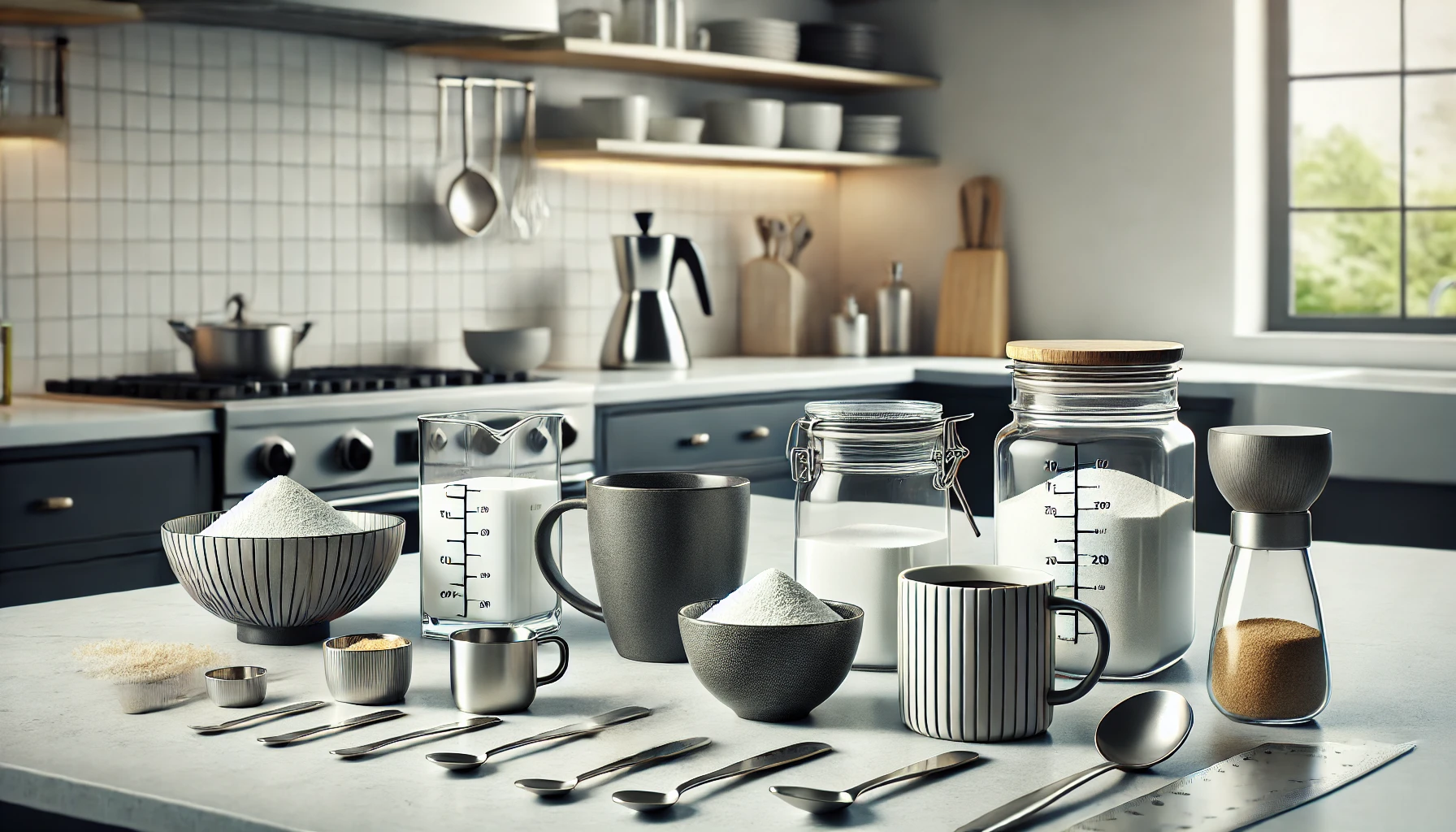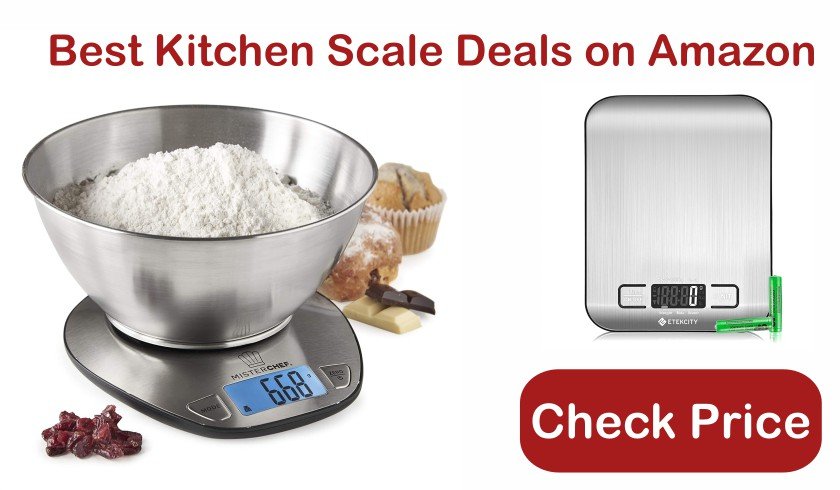It’s an interesting situation—you’re in the middle of preparing a recipe, and suddenly you realize you need to measure one cup of an ingredient, but the most important tool for the job, a measuring cup, is nowhere to be found. Maybe it’s buried deep in a drawer, or perhaps you don’t own one at all. But don’t worry—nothing is impossible in the kitchen, and with a bit of creativity, you can still get accurate measurements.
In this article, we’ll explore practical and easy ways to measure a cup without a measuring cup, using everyday household items and simple techniques. Whether you’re a seasoned cook or just starting out, these tips will help you keep your cooking on track, even when you’re short on tools. So, let’s dive into the many ways you can measure that elusive cup and keep your culinary creations consistent and delicious.
Understanding Volume Measurements
Before diving into alternative methods for measuring a cup without a measuring cup, it’s important to understand what we’re aiming for. In the U.S., a standard cup is defined as 240 milliliters or approximately 8 fluid ounces. This measurement is crucial in both cooking and baking, where precision can be the difference between success and a kitchen disaster.
Common Items with Known Volume
When you don’t have a measuring cup on hand, it helps to know the volume of some everyday kitchen items. Here’s a quick rundown:
- Standard Drinking Glass: Most standard drinking glasses hold about 8 to 12 ounces of liquid. If you’re using a typical water glass, filling it about three-quarters full will give you roughly one cup.
- Coffee Mug: A standard coffee mug can range from 8 to 12 ounces. If you have a smaller mug, it’s likely to hold close to a cup, while a larger mug might require some estimation to hit that 8-ounce mark.
- Soup or Cereal Bowl: Many bowls used for soup or cereal are designed to hold around 2 cups when filled to the brim. Half-filling such a bowl can give you a close approximation of one cup.
Understanding these basic volumes is the first step in accurately measuring ingredients without a dedicated measuring cup. With this knowledge, you can start using common household items to substitute for a standard cup in your recipes.
Estimating a Cup Using Common Household Items
When you’re in a pinch and need to measure a cup without a measuring cup, there are plenty of household items you can use to estimate the correct amount. Let’s look at some practical options that can help you achieve an accurate measurement.
Using a Standard Spoon
One of the most reliable ways to measure a cup without a measuring cup is by using a tablespoon or teaspoon, tools that are commonly found in most kitchens.
- Tablespoons: There are 16 tablespoons in one cup. If you need to measure a cup, simply count out 16 level tablespoons of your ingredient. This method is particularly useful for both dry and liquid ingredients.
- Teaspoons: If you only have a teaspoon available, keep in mind that it takes 48 teaspoons to make one cup. While this might be a bit more time-consuming, it’s still a viable option when you’re in a pinch.
Using a Coffee Mug or Drinking Glass
Most people have a favorite coffee mug or a standard drinking glass that they use regularly. These can be surprisingly helpful for measuring out a cup.
- Coffee Mugs: A standard coffee mug usually holds between 8 and 12 ounces of liquid. If you know the size of your mug, you can easily estimate a cup by filling an 8-ounce mug to the top. For larger mugs, fill it up to a level where you think you have approximately 8 ounces, or use a bit less and add more if needed.
- Drinking Glasses: Many drinking glasses hold 8 to 12 ounces as well. If you have a typical 10-ounce glass, filling it about four-fifths of the way up should give you close to one cup. This is especially handy for measuring liquids, but it can also be used for dry ingredients if you’re careful to level them off.
Using a Mason Jar
Mason jars are popular in many kitchens for storage, but they can also serve as makeshift measuring tools.
- Measurement Marks: Some mason jars come with measurement marks on the side, which can be a real lifesaver. If your jar has these marks, simply fill the jar up to the 8-ounce or 240-milliliter line to measure one cup.
- Without Measurement Marks: If your jar doesn’t have measurement marks, you can use a known volume to estimate. For example, if you know that a full jar holds 16 ounces, you can fill it halfway to get one cup.
Using a Bowl
Small bowls, especially those used for prep work, can also be useful for measuring.
- Small Bowls: Many small bowls used for mise en place hold around half a cup. If you have one of these bowls, filling it twice will give you a full cup.
- Calibrating Your Bowl: If you’re unsure of the exact capacity of your bowl, you can use a liquid of known volume (like water) to test it. Fill the bowl, then pour the contents into a measuring cup the next time you have one available. This will help you know exactly how much your bowl holds for future reference.
Using these household items, you can estimate a cup of almost any ingredient with reasonable accuracy. While these methods might not replace a good measuring cup, they’re excellent substitutes in a pinch, ensuring your recipes still turn out just right.
Practical Examples and Tips
When measuring ingredients without a measuring cup, it’s important to consider the type of ingredient you’re working with—dry, liquid, or sticky. Each type requires a slightly different approach to ensure accuracy. Here are some practical examples and tips to help you measure confidently.
Dry Ingredients
Measuring dry ingredients like flour, sugar, or oats can be a bit tricky without a measuring cup, but with the right technique, you can still get close to the correct amount.
- Using Spoons: If you’re using tablespoons to measure, remember that 16 tablespoons equal one cup. For ingredients like flour or sugar, be sure to scoop and level off each spoonful to avoid packing, which can lead to using more than needed.
- Using a Coffee Mug or Drinking Glass: Fill your mug or glass to approximately the same level as you would with a liquid. For flour, scoop lightly and level it off with a knife or flat edge. For coarser ingredients like oats, you can be a bit less precise, as these ingredients aren’t as sensitive to slight measurement variations.
- Scooping and Leveling: When using any household item to measure dry ingredients, always scoop and then level off with a straight edge to ensure consistency. This is especially important with ingredients like flour, where packing can drastically change the amount.
Liquid Ingredients
Measuring liquid ingredients without a cup is usually more straightforward, but accuracy is still important to maintain the consistency of your recipe.
- Using a Mug or Glass: As most coffee mugs and drinking glasses hold between 8 and 12 ounces, you can use these to estimate your liquid measurements. For example, if your recipe calls for a cup of milk or water, simply fill an 8-ounce mug to the top. If your glass or mug holds more, fill it slightly less, leaving room at the top.
- Pour and Check: If you’re using a bowl or another container to measure liquids, pour slowly and check your progress as you go. Using a clear glass container can help you visually estimate when you’ve reached about a cup.
- Water Displacement Method: For thick or sticky liquids like honey or syrup, you can use the water displacement method. Fill your container with water first, noting where the water level is. Then, add your sticky liquid until the water rises by the desired amount. Drain off the water, and you’re left with an accurate measurement of the sticky ingredient.
Sticky Ingredients
Sticky ingredients like peanut butter, honey, or molasses can be especially challenging to measure accurately, but there are a few tricks that can help.
- Using Spoons: For small amounts, use tablespoons (16 tablespoons equal one cup). Dip your spoon into the sticky ingredient, and use a second spoon or a spatula to scrape it off into your mixing bowl.
- Coating with Oil or Water: Before measuring sticky ingredients, lightly coat your spoon, mug, or bowl with a thin layer of oil or water. This will help the ingredient slide out more easily, ensuring you get as close to the correct amount as possible.
- Visual Estimation: If you’re using a larger container like a mug, fill it with water first to see where the 8-ounce level is. Then empty it and fill the mug with your sticky ingredient up to the same level.
Using these practical techniques, you can confidently measure a wide variety of ingredients without a measuring cup. With a little practice, these methods will become second nature, ensuring that your recipes turn out just as delicious as if you had used traditional measuring tools.

